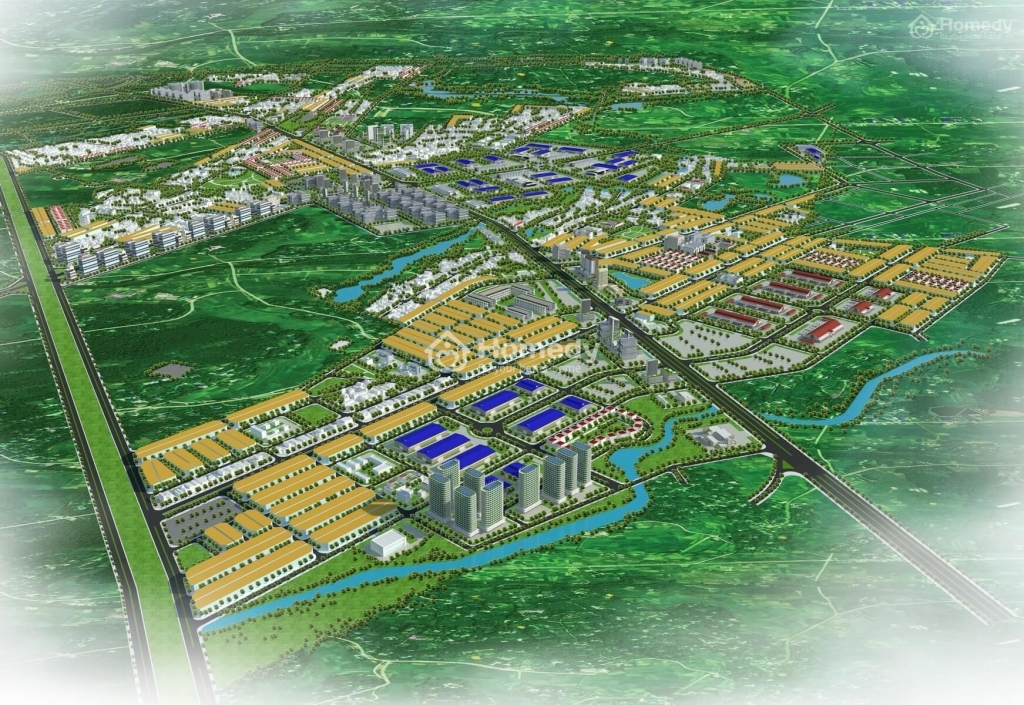 |
| Currently, the local adjustment in some projects is still arbitrary |
According to experts, at present, the adjustment of planning, especially local adjustments in some projects is still arbitrary, tending to increase the height, construction density, and land use coefficient, decrease the area of public green land, land for technical infrastructure in big cities such as Hanoi and Ho Chi Minh City, causing the planning to be “crushed”.
In this regard, according to architect Pham Thanh Tung, Chief of Office of the Vietnam Association of Architects, in recent years, in urban areas such as Hanoi and Ho Chi Minh City, local planning adjustments often took place.
Accordingly, many high-rise buildings were built in the inner city, narrowing the area of green land, parks, and public spaces, the public transport system was developed inconsistently, causing traffic congestion.
There are many reasons for this situation. First of all, when formulating the general plan, the city’s development potential was not fully anticipated, the input data for planning was incomplete, the visionary planning was heavy on will and far from reality, and the ability to mobilize resources for investment and development.
Therefore, according to architect Pham Thanh Tung, it is necessary to adjust locally but by the approved general plan to meet development requirements.
However, during the adjustment process, local planning has had an impact on real estate investors for the economic benefits of businesses and groups, changing many population indicators, on construction density and public space of the general planning. Architect Pham Thanh Tung said that this is a big inadequacy and is still happening.
According to the representative of the Vietnam Association of Architects, the program to renovate thousands of old houses built before 1980 was too slow, only about 1% of the houses need to be rebuilt.
In addition, many projects do not comply with the planning, are even left untouched for nearly 20 years, but there are no sanctions for handling and recovery, causing losses to the state budget and waste of urban land resources.
The management of urban construction planning is still weak and slow in innovation; many legal documents on urban planning and related laws still have overlaps, making it difficult for the authorities to implement and opening a gap for land corruption and group interests.
To overcome this situation, architect Pham Thanh Tung said that, for Hanoi alone, this master plan adjustment project is an opportunity for the city to overcome shortcomings and inadequacies of the previous planning with the goal of sustainable happiness of the people and the city in the new development period.
In addition, it is necessary to be determined to implement a plan to renovate old apartment buildings to create trust for society, improve accommodation for people, and contribute to modern and civilized urban areas.
At the same time, complete major traffic projects and urban traffic routes; completing 18 bridges across the Red River for urban development to the East and North of the Red River.
Along with that, resolutely manage, inspect the implementation of the approved planning; minimize the adjustment of local planning for the benefit of the community, following the law.
